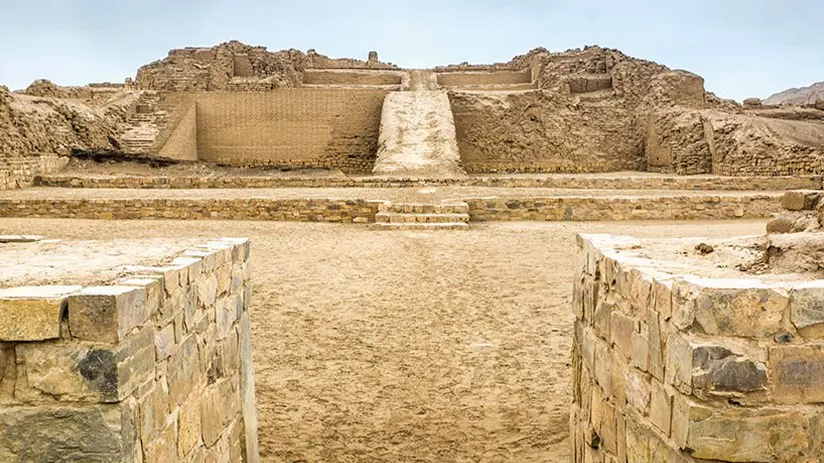Many pre-Columbian civilizations developed throughout the South American continent, developing diverse architectural complexes and cultural expressions. Pachacamac stands out as one of the most important religious complexes on the Peruvian coast for over a millennium.
Despite their extensive religious and cultural history, the Pachacamac ruins are little known and visited. Their complex distribution captivates scholars and locals alike, making them an excellent choice if you’re visiting Peru’s capital, Lima. The Machu Travel Peru team created a blog about this place, full of mysteries and culture to discover. We want to share it so you can learn more and immerse yourself in the fantastic experience it offers.
All about Pachacamac, one of the first Pre-Columbian citadels
- Overview
- Who was Pachacamac?
- History
- Purpose of the site
- Complex distribution
- Pachamac Site Museum
- How to get
- Entrance and schedule
Overview
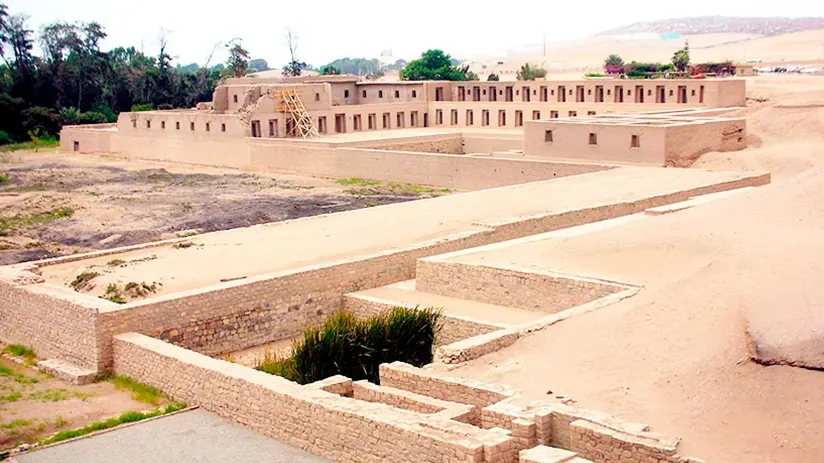
Pachacamac is a religious site featuring adobe and stone palaces, pyramids, temples, and other structures. Pre-Inca cultures used their major pilgrimage center for everyday and unusual activities. Some pre-Columbian civilizations built it in 200 AD. Despite its age, most of the structures at this site are well preserved.
People can locate this ancient site 47 km southeast of Lima in the district of Lurín. We can see the Pacific Ocean and a group of islets near the ruins. Near the sanctuary, you can appreciate the green fields of the Lima Polo Club, a famous Peruvian club.
The usual average temperature ranges between 23°C(73°F) and 28 °C (83°F). However, from June to September, the temperature is approximately 17°C (63°F), with cool breezes and gentle winds. Meanwhile, January and February are the hottest months, with a high temperature of roughly 28°C (83°F). In addition, you can check the best time to visit Lima to explore this majestic site further.
Who was Pachacamac?
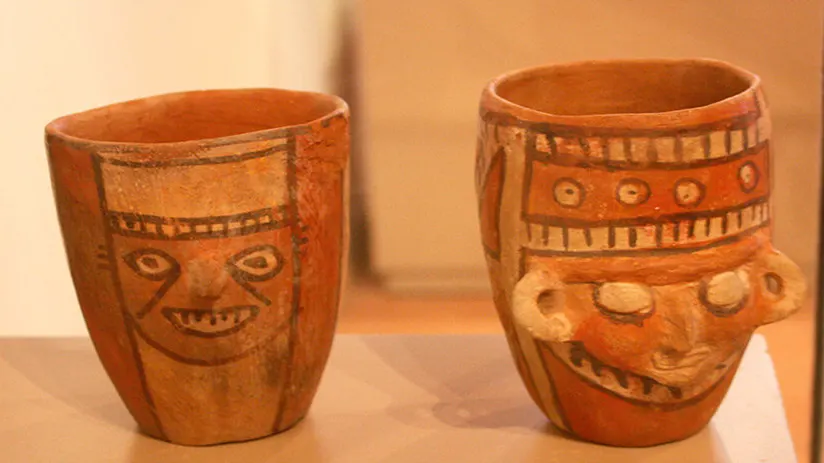
According to a myth, Pachacamac, a powerful and livelihood-giving god, created the first man and woman. A time later, the mentioned entity abandoned his creations, and they tried to search for food. As a result, the man died, and the weeping woman wandered the world.
The sun god, Inti (the one who animated the world), took pity on the woman and bathed her with his intense rays. As a result of this event, the woman gave birth, and sometime later, Pachacamac killed the baby. The child’s mother returned to Inti, and he asked her to bring the placenta and umbilical cord of her dead son. Sometime later, the sun created Vichama, his second son.
But a long time later, Pachacamac managed to kill the woman, and Vichama was informed of his mother’s death. The mother had offered her life so her son could escape. Vichama sought revenge but found only his mother’s bones and heard rumors that his father had fled to the sea. Vichama watches the coast to ensure his father remains at sea and does not return to the mainland.
History
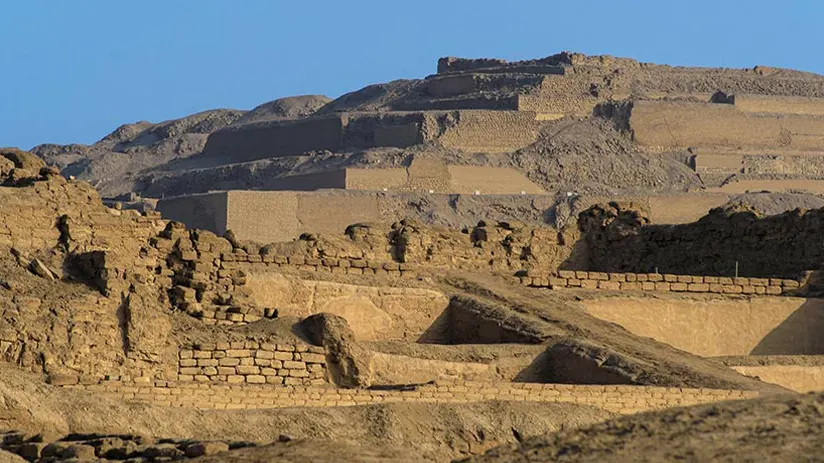
Pachacamac has a rich history, even predating the arrival of the Incas and Spanish conquistadors. Researchers valued many sites, including the Temple of the Sun and Ajllawasi, for their essential history. To better understand how it formed, we will divide it by the period of each culture of Lima (pre-Columbian people) that lived there.
According to research, the Lima culture was the first to settle here in 200 AD after the decline of the Chavín culture. Among the earliest buildings are the Old Temple and the Urpiwachac Temple. This civilization constructed its structures with small adobe bricks called “adobitos”.
The Huari culture controlled the ritual site from 600 AD to 1100 AD, during which it grew to its largest size. They rebuilt the city to establish it as an administrative center, besides being religious. During this period, the Huari people constructed some new buildings, the most significant being the Painted Temple.
After 1100 AD, the Ychma culture took control of the site. This civilization rebuilt many structures, streets, and roads, connecting houses, administrative buildings, temples, and pyramids with ramps. Remember that the complex had reached its maximum expansion again and needed paths connecting each enclosure.
With the expansion of the Tawantinsuyo territory, the Inca army invaded the complex in 1470. Among the most notable buildings are the Temple of the Sun and the Ajcallawasi (place of chosen women). Priests and experts resided there to consult the oracle (the most essential object on the site that could predict the future).
Following the Inca Civil War in 1533, the Spanish captured Atahualpa, the last Inca. He told them where a valuable Inca site was to secure his release, aware that they would likely steal from and damage it. Europeans arrived, took gold and silver, and then lost interest, ignoring ongoing pilgrimages.
Since then, the site of Pachacamac has been the subject of numerous scholars who conducted on-site research projects. Julio C. Tello, Max Uhle, John Corbett, and many others are among the most notable scholars who studied it.
Purpose of the site
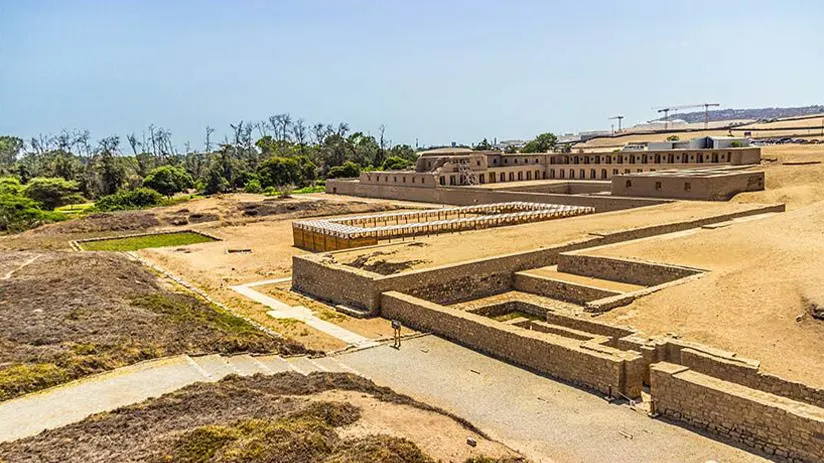
The Pachacamac complex was one of the most important administrative and pilgrimage centers of pre-Hispanic cultures. This site housed the oracle and was the most important religious center on the Pacific coast in the Incas’ time. Thousands of people from diverse cultures visited this site for religious ceremonies and to consult the oracle. People inquired about future harvests, the weather, and diseases approaching the region.
Some evidence indicates that important rulers used certain buildings, such as royal palaces, during this time. Remember that this complex has expanded significantly, reaching 465 hectares, and requires efficient management. Today, people consider the site one of the best day trips from Lima. Check out our Lima travel guide to learn more about the interesting places in this fantastic city.
Complex distribution
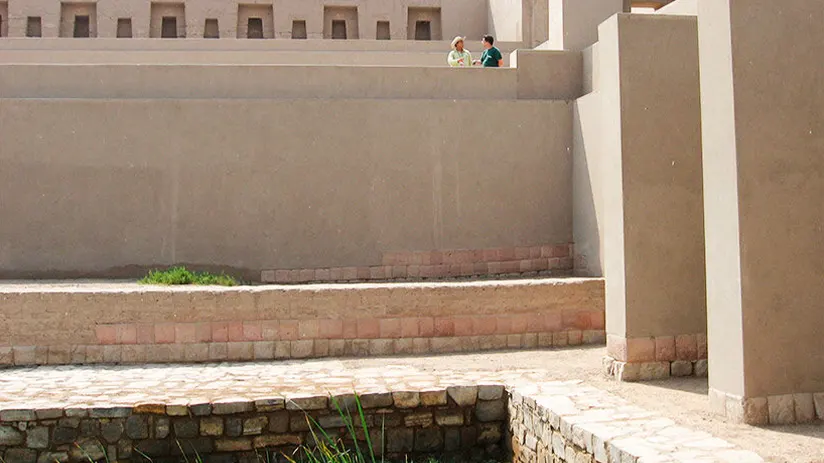
Today, the Pachacamac sanctuary houses more than 50 structures distributed across various functional areas. This ancient ceremonial and administrative center of pre-Hispanic cultures is accessible to the public, and anyone interested can tour its spaces and immerse themselves in centuries of living history. Anyone interested can visit this historical site and observe its three main zones.
The first zone, called the sacred zone, housed important religious temples and a burial site. The second zone, the administrative one, comprises structures such as its 16 pyramids, the Plaza of Pilgrims, and other buildings. In the third zone, you can visit numerous non-ritualistic and administrative buildings.
This site is undoubtedly one of the best things to do in Lima, and it is an attraction you should experience after knowing. The site offers a fascinating journey through different eras and architectural expressions, becoming a must-see attraction. For this reason, you’ll find the most important buildings on the site in the lines below.
- Sun temple (Incas culture legacy)
- Templo Viejo (Old temple)
- Templo Pintado (Painted temple)
- Ajllawasi (house of the chosen women)
- Pilgrims Square (Incas culture legacy)
- Taurichumbi palace
Pachacamac Site Museum
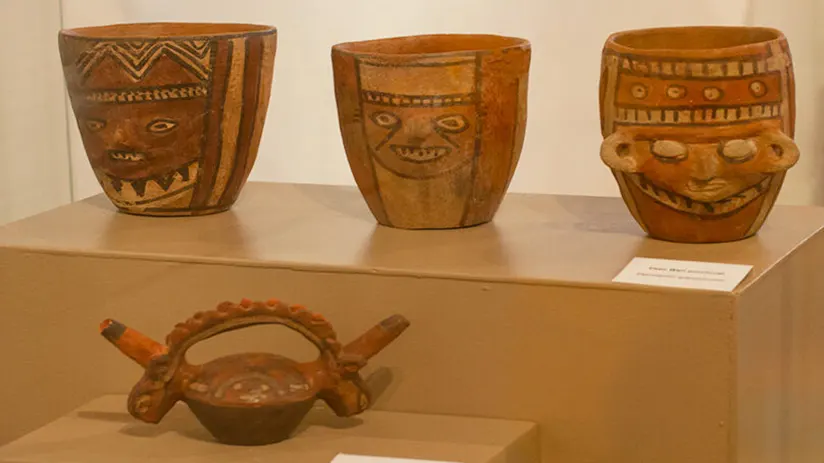
During your visit to the complex, in addition to the imposing structures, you can also appreciate the museum. The Pachacamac Museum has been an attraction that has captivated visitors since 1965. This place seeks to educate the public about the city’s history, functions, and importance.
During the visit, you can find numerous artifacts, including ceramics, textiles, and traditional objects, exhibited in the museum. They represent over 1,000 years of history, dating from the 19th to the 20th century. Each artifact contains a short legend that explains its function, date, and location.
The visitor will also find a brief history of the general site. In addition, its purpose and the displacements of the different buildings made it up. This museum is one of the tourist attractions in Lima that you must visit sometime in your life. For all its historical and cultural significance, Pachacamac is a place truly worth visiting and discovering.
How to get
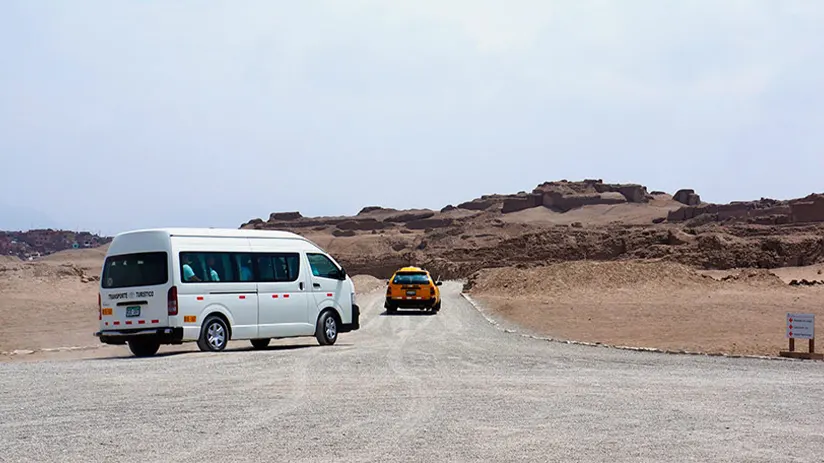
First-time visitors should book a tour to enjoy their visit fully. The complex isn’t challenging to reach because it is near Peru’s capital. Depending on your interest in the site, you can enjoy these ancient ruins on a half-day or full-day tour.
To fully enjoy your tour, having a certified guide who can share the stories and meanings behind the various buildings is best. After exploring Lima and other attractions like Huaca Pucllana, you can visit Pachacamac. You’ll have numerous options for enjoying this incredible historical site. Below are two ways to explore this magnificent place:
- The first way to explore is by taking a taxi to the Lurín district to make the most of your visit. You can use the taxi app, which is the most recommended, or hail a cab on the street, which is the least recommended. Round-trip taxi service can reach 180.00 soles (USD 48), depending on the time and date. This will help you get to your destination quickly and efficiently.
- Public Bus: If you have a real adventure spirit, you can take a public bus from the Miraflores district. Usually, these buses have a giant sign on one of their sides that says “Pachacamac”. Before taking one, you must ask the driver to inform you when you are close to the attraction.
In addition, remember that Peru’s public transport service is the worst in South America. Old buses and vans are uncomfortable, with small seats and little space, forcing many passengers to stand in the aisle. Additionally, there are safety concerns related to crime on these vehicles. The only detail will be the return way.
Entrances and schedule
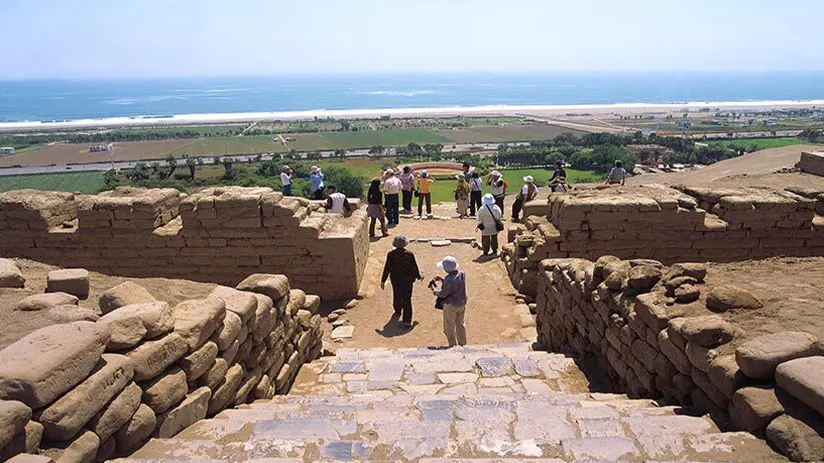
Entrance tickets to this historical wonder are general admission for all persons, nationals or foreigners. Although you can get the tickets easily, it is better to take precautions about the prices. Especially because we suggest carrying Peruvian currency in cash. Therefore, we present you with the reference prices to take into account:
- $ 4 General Entrance
- $ 1.5 Higher student (accredited)
- $ 0.20 (dollar cents) for Children and/or School
- $ 9 Guide service (depends on availability)
Another recommendation to mention is the entry times. This is especially important for tourists who have a short time. Moreover, it is important to mention that the ticket office is only open until 45 minutes before closing time. Therefore, below are the reference entry times to the complex:
- Tuesday to Saturday, 9:00 a.m. to 5:00 p.m.
- Sunday, 9:00 a.m. to 4:00 p.m.
- Closed on Mondays.
“WHAT’S OLD COLLAPSES, TIMES CHANGE, AND NEW LIFE BLOSSOMS IN THE RUINS”
Peru boasts many attractive historical sites throughout the country, some within easy reach of just a bus ride away. We hope the information the Machu Travel Peru team provided has been helpful. For more information about this incredible destination, consult our advisers for free. Visiting Pachacamac feels like an open-air museum exhibit; it’s a must-see!
Peru has so much to offer, it can be hard to know where to start. With many years of experience in the tourism sector, Machu Travel Peru is happy to help with anything regarding your trip to Machu Picchu and any tours around it. Make your Machu Picchu experience an unforgettable one!
